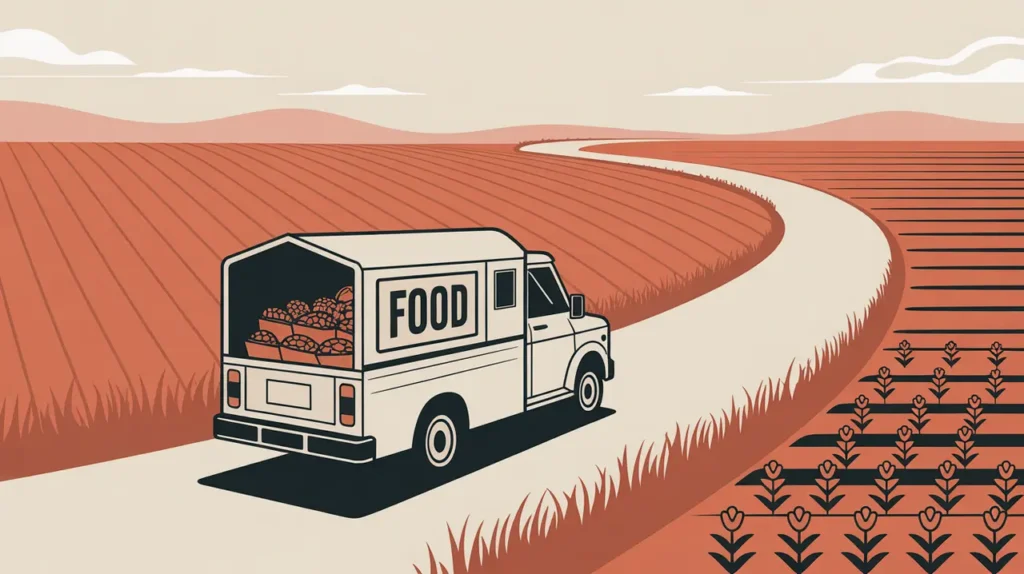Importance of Last-Mile Distribution Networks
Last-mile distribution networks ensure that essential goods and services reach the most remote, underserved, or hard-to-access populations. They matter because development and social innovation often fail at the point of delivery, where infrastructure is weakest and barriers to access are highest. By bridging the gap between central supply and end users, last-mile networks make equity and inclusion operational.
Definition and Features
Last-mile distribution networks are delivery systems designed to connect central providers with end users in remote or marginalized areas. Their defining features include:
- Access Orientation – focuses on reaching populations excluded by geography, poverty, or social marginalization.
- Decentralized Reach – relies on local distributors, community workers, or micro-entrepreneurs.
- Logistical Innovation – uses creative methods such as motorcycles, bicycles, boats, or drones.
- Hybrid Partnerships – often combine public, private, and community actors.
- Adaptability – tailors distribution to local terrain, culture, and market conditions.
How this Works in Practice
In practice, last-mile networks might deliver vaccines to rural clinics via cold-chain-equipped motorcycles, or distribute clean energy products like solar lanterns through village entrepreneurs. Agricultural inputs may reach smallholder farmers through micro-retailers linked to larger suppliers. Challenges include high transport costs, weak infrastructure, limited purchasing power, and maintaining quality control across dispersed areas.
Implications for Social Innovation
Last-mile distribution networks advance social innovation by ensuring that solutions do not stop at urban centers or wealthier markets. For practitioners, they provide models to extend reach and embed services where they are most needed. For funders and policymakers, they highlight the importance of investing in infrastructure and inclusive market systems. Last-mile networks can connect central resources with peripheral communities and ensuring that innovation translates into real, equitable access.







